Language barriers can limit our understanding of visual text, especially when the content is in the form of images and has text embedded in it. Whether it is a menu in a foreign country or a document online, the ability to translate the text directly from images is becoming an essential need.
Thanks to the advancements in optical character recognition (OCR) and machine translation technologies, this task has become easier and more accurate than ever. In this article, we will tell you how you can translate images into different languages. Stick with us until the end, as every method discussed is unique in its own way.
Ways To Translate Images into Different Languages
Later, we discussed two ways to translate images into different languages. A brief overview of both ways is shared below.
- Using an online image translation tool
- Extracting the text and translating it separately
The details of both methods are shared ahead. Keep reading to find out more!
Using An Online Image Translation Tool
With the help of OCR technology, online image translation tools have been made. These tools have made it easier and more efficient to translate images into different languages. However, in the entire process, the tool serves as an important part, as the quality and results both are highly dependent on it. Therefore, you must choose the right tool to get efficient and precise results.
Thinking about how to identify the right tool? The easiest way to find this out is to list down all of the features that you want in the tool. You may take notes about how to make this list by viewing the one that we have made below:
- User-friendly
- Efficient and precise
- Versatile uploading options
- Clean UI
This way, you can also make a list, having all the features you want in the tool. Based on the features we have mentioned, we looked on the internet and came across some tools that aligned with our requirements. Among them, the one that had maximum precision in its result while being highly user-friendly was the Photo Translate tool. This image translator matched most of our requirements, so we decided to keep this to show you how image translators work.
Below, we have shared a pictorial demonstration of how you can translate images into different languages with the help of an online image translator.
As input, we have uploaded an image in Chinese into the tool and have set it to translate the image to English with the help of the respective options. The results are shared in the attachment below.
As you can see in the attachment, the tool has done an impressive job by translating the image from Chinese to English with high accuracy and clarity. The text retains the original meaning of the content while ensuring that it is easily understood in English, which highly shows the tools’ efficiency and reliability. It’s a great example of how far image translation technology has come in breaking down language barriers with just a few clicks.
However, if you feel like the tool has missed any part of the text while translating the image or has wrongly translated any part, you may revise the process to get improved results.
Translating the text using Google Translate
Apart from using an image translator for translating an image into different languages, Google Translate can also be used as a solution. This online tool is used by millions of people worldwide and needs no introduction.
The navigation of the tool is quite simple and quick, as you just have to enter the image you have translated and select the necessary options, and the rest will be handled by the tool. Apart from the quick and easy navigation of the tool, it also has some other unique features that we have shared below.
- Versatile uploading options
- Options to view history
- Multi-language
- Words up to 5000 in one attempt
The tool accurately captures and translates most of the text from the image, making it incredibly useful for real-world situations like reading signs or menus in another language. The real-time translation is especially handy and user-friendly.
However, in a few cases, the translation can slightly miss the context or struggle with stylized fonts, something to be mindful of in complex layouts.
Final Thoughts
Translating images into different languages is now easier than ever, thanks to tools that combine OCR and translation technology.
Whether you use an all-in-one image translator or choose to extract the text and translate it separately, both methods are effective and easy to follow.
The key is to choose reliable tools that suit your needs. With just a few clicks, you can overcome language barriers and understand content from around the world.

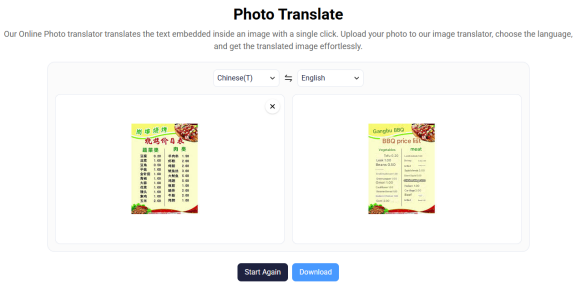
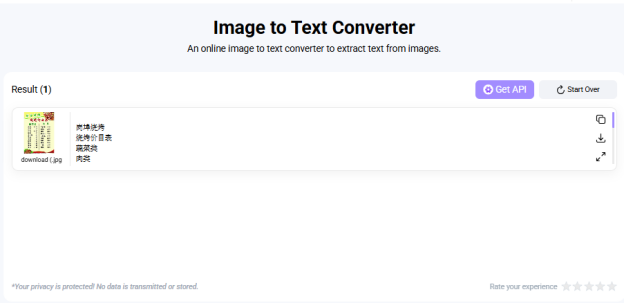
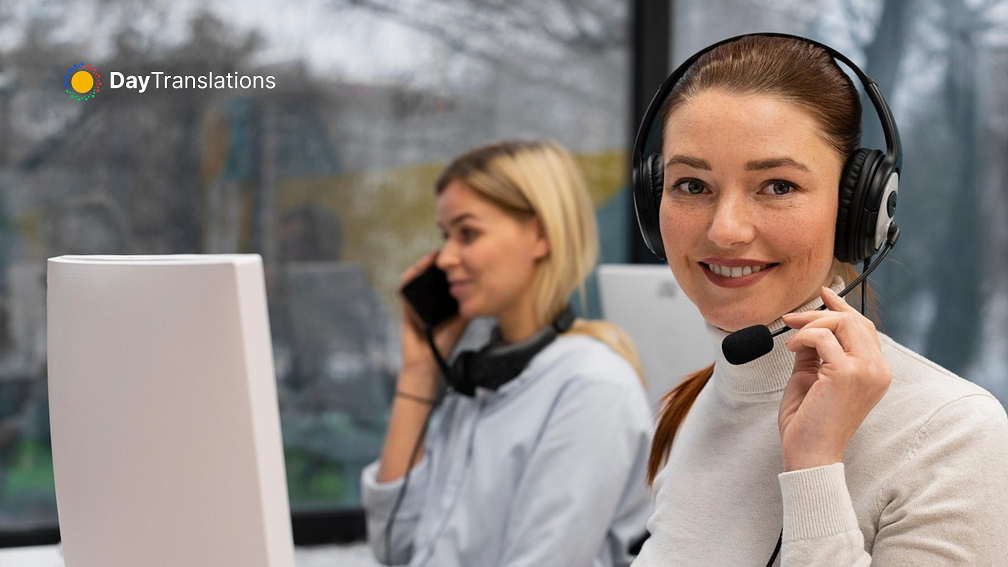
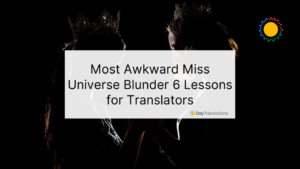

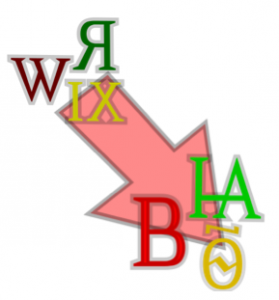
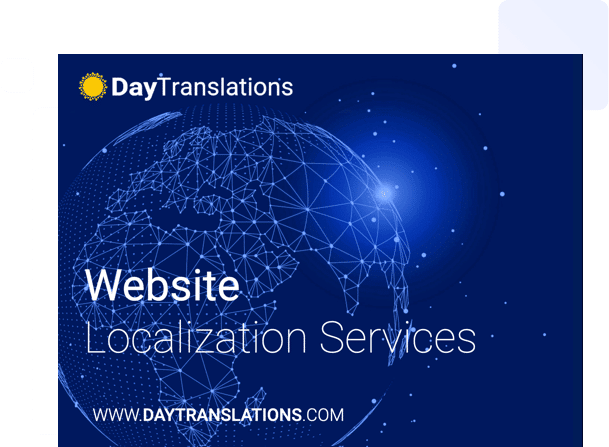






Sorry, the comment form is closed at this time.